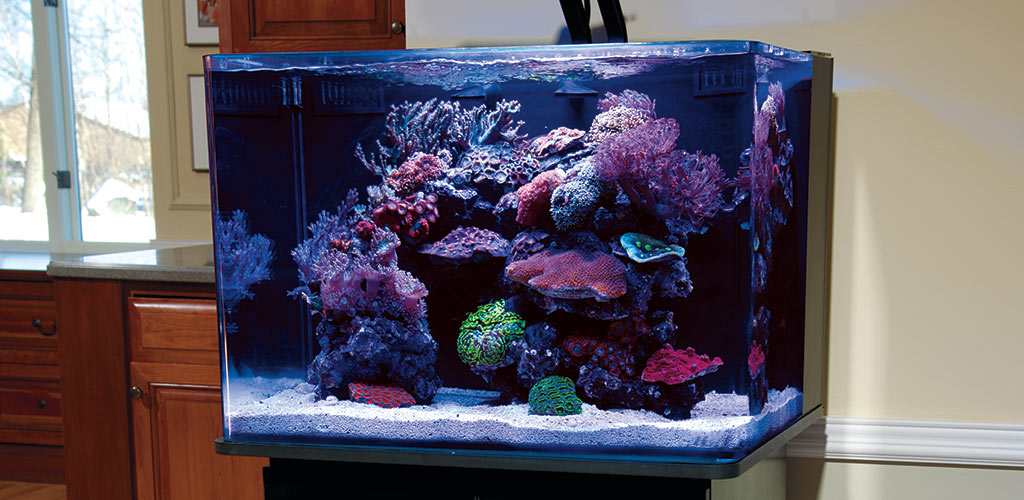Pulse of Information
Your source for the latest insights and updates.
Fin-tastic Secrets to Thriving Aquariums
Unlock the secrets to thriving aquariums! Dive into expert tips and tricks for a stunning underwater paradise.
Top 10 Essential Tips for Maintaining a Thriving Aquarium
Maintaining a thriving aquarium requires attention to detail and a commitment to creating a healthy environment for your aquatic life. Here are 10 essential tips that every aquarium enthusiast should follow:
- Regularly test the water parameters to ensure optimal conditions.
- Perform routine water changes to keep the water clean and clear.
- Feed your fish a balanced diet, being mindful of overfeeding.
- Maintain appropriate water temperature to match the needs of your species.
- Invest in quality filtration and perform regular maintenance on your equipment.
In addition, consider these final 5 essential tips to ensure the long-term health of your aquarium:
- Introduce new fish gradually to prevent shock and territorial disputes.
- Monitor and maintain levels of nitrates, nitrites, and ammonia.
- Provide ample hiding spots and plants to create a natural habitat.
- Observe your fish regularly for signs of stress or illness.
- Educate yourself continuously on best practices and new developments in aquarium care.

Common Fish Diseases: Prevention and Treatment Strategies
Fish diseases can significantly impact the health of your aquatic pets, leading to stress and even mortality. Common fish diseases include Ichthyophthirius multifiliis (Ich), Fin Rot, and Columnaris. To prevent these ailments, maintain optimal water quality through regular testing and changing, and ensure your fish are not overcrowded. Additionally, a balanced diet and the introduction of new fish should be done cautiously to avoid introducing pathogens.
Treatment strategies vary depending on the disease. For Ich, raising the water temperature and using medicated treatments can be effective. Fin Rot is often treated with antibiotics or antifungal medications, and improving water conditions can help recovery. In the case of Columnaris, using specific antibiotics and ensuring that your fish are not under stress is crucial. Always consult a veterinarian or aquatic specialist for guidance on the best treatment for your situation.
How to Choose the Right Aquarium Plants for Your Setup
Choosing the right aquarium plants for your setup is crucial for maintaining a healthy and aesthetically pleasing environment for your fish. Consider the lighting conditions in your aquarium, as different plants have varying light requirements. For low-light setups, plants like Java Fern and Anubias are excellent choices. If you have brighter lighting, you might opt for more demanding species like Crytocoryne or Amazon Sword. Additionally, assess the size and layout of your tank; some plants may need more space to grow and thrive.
When selecting aquarium plants, also think about the compatibility with your fish. Some fish species tend to nibble on or uproot plants, so it’s important to choose hardy varieties that can withstand such behavior. It’s beneficial to create a balanced ecosystem by incorporating a mix of foreground, mid-ground, and background plants. This not only enhances the visual appeal of your tank but also provides hiding spots and territories for your fish. Lastly, do not forget to research the maintenance needs of your chosen plants, as some may require regular pruning and nutrient dosing to flourish.